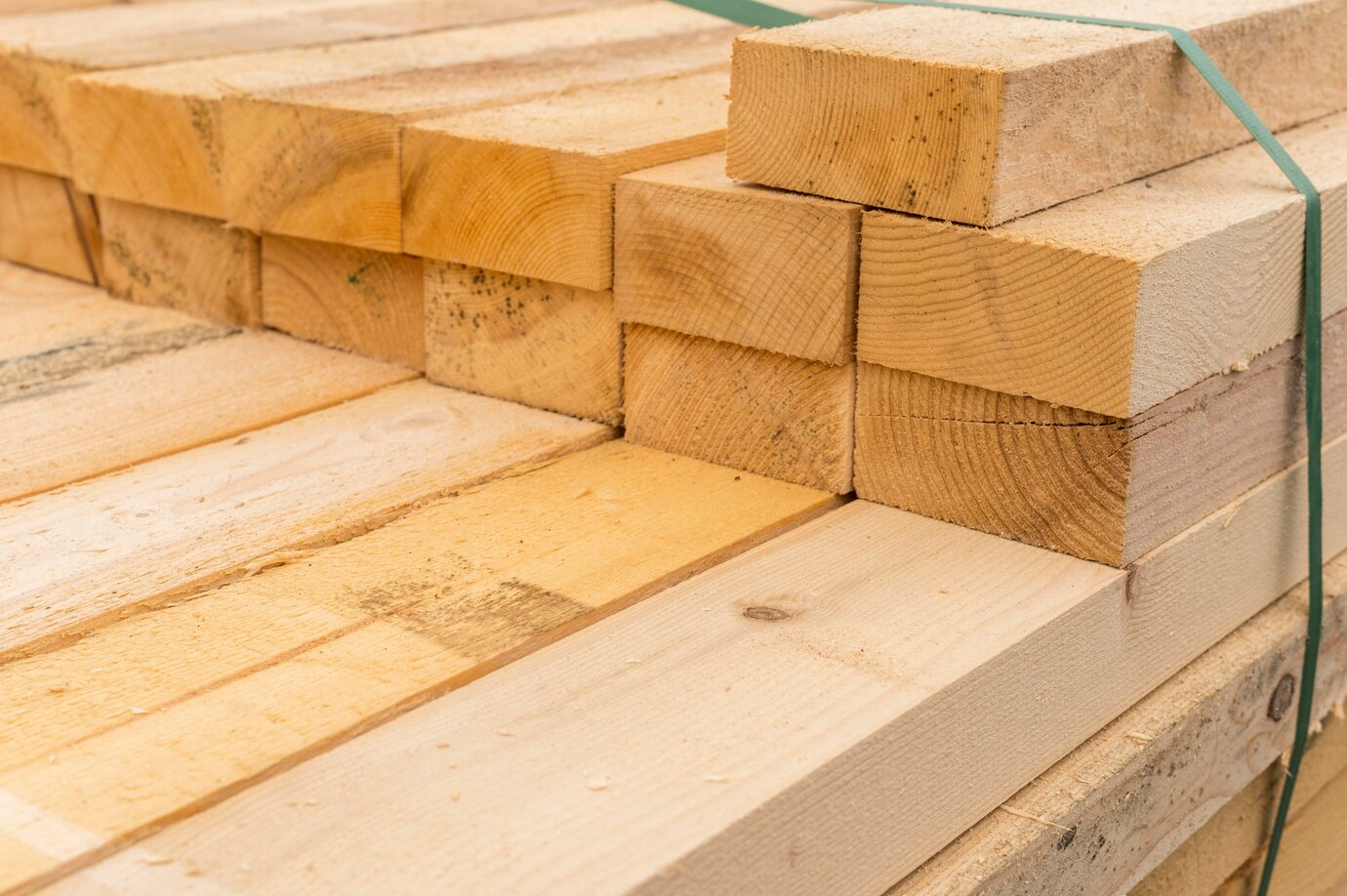
In heavy equipment and heavy load industries where operations are done daily, stability and safety aren’t only needs—they’re mandatory demands. Construction, shipping, manufacturing, or emergency response—it doesn’t matter. Supporting heavy loads safely is the key to ensuring that workers, equipment, and structures are not damaged. Cribbing lumber is one of the most effective materials for overcoming this challenge.
Learning About Cribbing and Why It Exists
Cribbing is the temporary or semi-permanent support constructed to bear, stabilize, or level heavy loads. Support cribs are normally constructed using rectangular or square pieces of solid wood piled up in a systematic arrangement, frequently in alternating layers, to provide an even weight distribution. Cribbing avoids shifting, rolling, or tipping when lifting loads, or must be restrained from movement.
This process is commonly used across many disciplines:
- Construction workplaces need to hold heavy machinery such as cranes or excavators in place.
- Fire and rescue, where ambulances or collapsed buildings require immediate stabilization.
- Shipping and ports, to restrain big containers or equipment in their place during movement.
- Industrial work, such as suspending machinery or equipment for overhauling.
Why is Wood the Material of Choice?
Although cribbing may be accomplished with plastic or composite materials in certain situations, wood is still the most reliable and widely used material. Wood provides the perfect blend of strength, durability, and workability. Cribbing lumber can support incredible pressure without splitting or cracking when sourced and prepared correctly.
The woods are generally dense and durable species like Southern Yellow Pine, Douglas Fir, or Oak. These are selected for their very good load-bearing properties and capacity to retain integrity even under heavy stress.
Characteristics of Quality Cribbing Lumber
Not every wood is appropriate for cribbing. For maximum performance and safety, cribbing lumber should have the following characteristics:
- High strength-to-weight ratio: This allows even lightweight blocks to carry heavy loads.
- Dimensional stability: The wood must not warp or shrink excessively with age.
- Clean cuts and consistent size: Accurate sizing enables stable, balanced piles.
- Treated or kiln-dried: This minimizes the likelihood of rot, insect damage, and moisture damage.
- No internal flaws: Knots, cracks, and voids weaken the wood and may cause failure when loaded.
When buying cribbing lumber, it’s essential to deal with suppliers familiar with these quality standards and offer certified, structurally adequate products specifically intended for cribbing use.
How to Safely Use Cribbing Lumber?
Even top-of-the-line cribbing blocks can be dangerous if used improperly. For maximum safety and economy, follow these guidelines:
- Inspect before use: Inspect each piece for damage, rot, oil, and chemical contamination.
- Stack correctly: Use box cribs or pyramid-type stacking procedures to provide even load distribution.
- Never use more than rated capacity: Be aware of the load-carrying capacity of your cribbing materials and use them well within their limits.
- Maintain surface level: Cribbing is used only on level and stable ground. Special care needs to be taken on sloping or unstable ground.
- Fix loads: In transportation situations, cribbing can often be augmented with tie-downs or straps to inhibit any movement of loads.
Sustainable Sourcing and Reusability
A frequently overlooked advantage of cribbing with wood is sustainability. Reliable suppliers prioritize acquiring wood from responsibly managed forests and frequently provide recyclable or reusable products. For most applications, cribbing lumber can be reused several times if regularly inspected and cared for between applications.
Additionally, when a block becomes damaged or worn out, it can typically be recycled or disposed of with less environmental impact than its synthetic counterpart.
Final Thoughts
Whether you’re managing a construction site, transporting oversized loads, or responding to an emergency, the right support makes all the difference. That support often comes in solid, reliable, and properly prepared wood blocks. With proper selection, use, and maintenance, cribbing lumber can be one of the most effective tools in your heavy-duty safety toolkit.
Ready to enhance your safety procedures with reliable cribbing solutions? Ensure you’re working with an experienced supplier who understands the demands of your industry and delivers products built to perform.